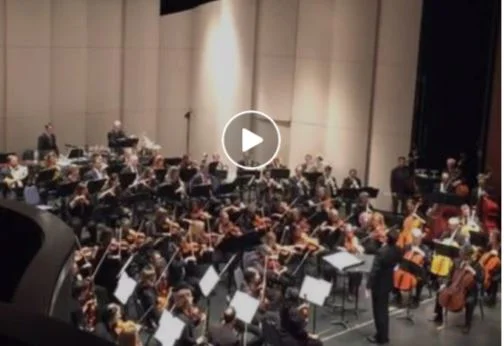The music industry faces both challenges and opportunities due to streaming technologies and must consider the long-term viability of streaming business models. New challenges emerge as consumers are listening to their music on ever-changing devices, like smart speakers. There are also varying levels of awareness and comfort of streaming platforms among different age groups. These challenges can become opportunities for businesses who understand their market and can anticipate future change. This research study explores innovations and trends expected to emerge next within the music distribution world.
The Hybrid Museum Experience: Case Studies in Digital Engagement and Experience Design
This is part 1 in a two-part series examining hybrid museums that successfully demonstrate how bridging the physical and virtual in the museum visitor experience can increase the length, breadth and depth of engagement with the institution and its collection. Part 1 explores the Museum of Old and New Art in Tasmania.
Live Streaming Performing Arts Using Social Media: Why, How & Best Practices
As more people are consuming and participating in the arts via electronic media, it is essential for arts institutions to develop a strong online presence. Uploading content and performances online can allow more people to access the arts and learn about an institution. One strategy to increase engagement and build an online presence is through live streaming. This paper explores the benefits of live streaming, and how it can remove barriers of access to the arts. It explores various platforms for streaming, like Facebook, Periscope, Youtube, Livestream.
A Competitive Analysis of the Music Streaming Industry: Part 1
Streaming platforms have revolutionized the music industry and the way consumers discover and listen to music. Companies are having to differentiate themselves by offering unique content, focusing on the artist, or developing different price models. To better understand this landscape, we examined six of the most successful platforms for a competitive analysis to understand the existing music streaming business model.
Best Practices in Website Redesign: Inside AMT Lab's Refresh
Fostering Environmentally-Friendly Practices in Collegiate Theatre
As the public becomes increasingly aware of the disastrous effects of climate change, individuals and businesses across the globe have tried to decrease their waste by pursuing environmentally friendly and sustainable practices. The theatre industry has made some attempts to follow suit, but their expenditure of resources is still extremely high. Environmentally friendly theatre practices taught at the collage level have the potential to impact the industry at large in the near future.
What is Internet2 and How Can Music Education Programs Use It?
Imagine a network like the Internet, except exclusive in access meaning no commercialization. That’s Internet2, which exists to streamline network access for entities with a commitment to research and education.development. This paper examines the technology and its various uses to music organizations in both education and performance contexts.
Looking to the future: 2019-2020 at AMT lab
Summer Road Trip Series: Barnes Foundation Image Recognition App Increasing Visitor Engagement
A summer long weekend in Philadelphia is inspiring by the many art experiences the city has to offer. Of the museums I visited I was most impressed by both the collection and quality of experience at the Barnes Foundation. The museum has a noteworthy collection of impressionist, post-impressionist, and early modernist artwork, which includes the world’s largest holdings of paintings by Renoir and Cézanne.
Geographical Analysis of Nonprofit Data: A How-to Case Study
AMT Lab’s latest white paper is a preparatory guide for those embarking on geographic analysis for the first time. The case study explores how one organization used this type of analysis to inform decisions about donor recruitment and retention. This guide aggregates useful resources, highlights important considerations, and outlines the process of geographic analysis step-by-step using a succinct case study.















